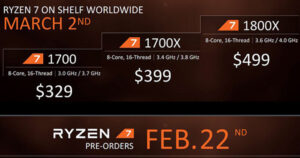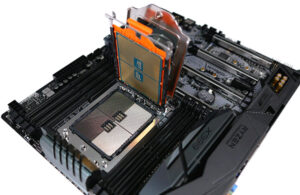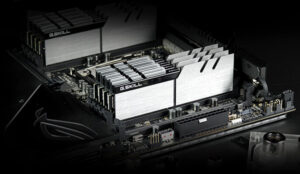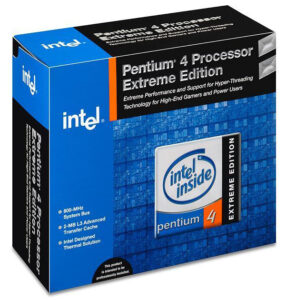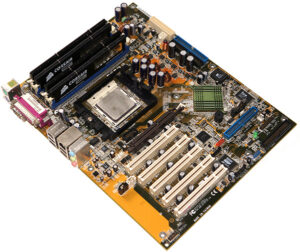The History of the HEDT x86 PC – Part 2 – AMD
AMD’s debut in the HEDT market
Part 2 of the History of the HEDT – See Part 1 (Intro + Intel)
The debut of the AMD High-End Desktop platform happened in the fall of 2017. For his main competitor, he was unexpected and even shrouded in some mystery. In March 2017, the first models of the AMD Zen microarchitecture processors appeared on store shelves, they were the first Ryzen, where the flagship was the 8-core AMD Ryzen 7 1800X, priced at a modest $499. At that time, Intel’s flagship in the desktop segment was the Core i7-7700K, which belongs to the Kaby Lake microarchitecture and had only 4 cores capable of processing 8 threads. The cost of the Core i7-7700K was then $350. The new six-core new flagship Coffee Lake microarchitecture Intel Core i7-8700K would only appear six months later at a price of $370.
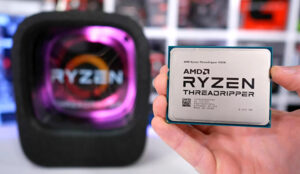 AMD planned to release processors with the ZEN microarchitecture for the desktop, mobile and server markets, it did not originally plan to release HEDT processors.
AMD planned to release processors with the ZEN microarchitecture for the desktop, mobile and server markets, it did not originally plan to release HEDT processors.
The appearance on the market of AMD Ryzen Threadripper processors has been shrouded in mystery. According to one version, the merit of their appearance lies with the enthusiasm of a small group of AMD engineers who, in their spare time from their main work, experimented with creating a high-performance processor that could be even more productive than the desktop Ryzen. A group of enthusiasts have been working on this project for about a year, and at the end of the work they presented their developments to the company’s management, which, in turn, considered them promising and allocated the necessary funding for commercial development.
Until May 2017, no one knew about the work on these processors, which would then be called the Ryzen Threadripper. In August 2017, the long-awaited announcement of the first HEDT platform from AMD with three models of AMD Ryzen Threadripper processors happened. The processors were installed in the new TR4 socket with a crazy number of contacts at that time, 4094 contacts. The most basic Ryzen Threadripper 1900X ran at 3.8 GHz, had 16 MB of L3 cache, and had 8 cores capable of processing 16 threads. Such a processor cost $549. The average was the Ryzen Threadripper 1920X with 12 cores and 32MB of L3 cache. Such a processor cost already $799. Twelve-core HEDT competitor from Intel with thermal paste under the cover – Core i9-7920X cost $1199. The flagship of the entire HEDT line from AMD was the 16-core Ryzen Threadripper 1950X, which was estimated at $999. Intel’s 16-core counterpart, the Core i9-7960X, was offered to enthusiasts at a price one and a half times more expensive, for $1,699.
What did AMD’s first HEDT platform offer to wealthy enthusiasts?
Posted in:
Boards and Systems


